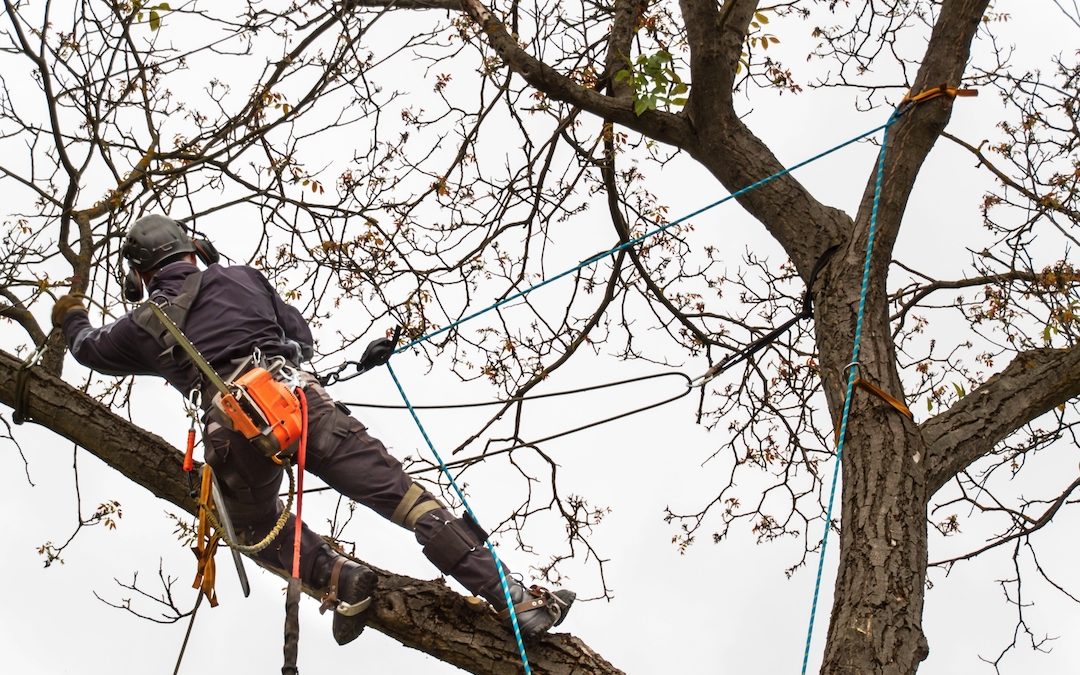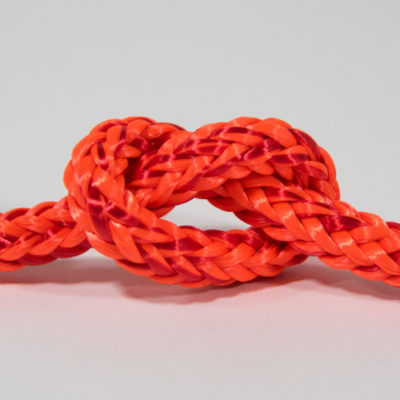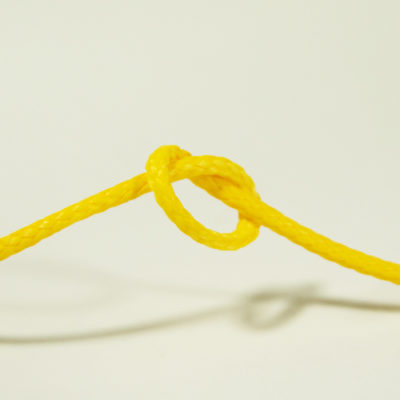There is no set lifespan for an arborist rope as usage, loading, and excessive dirt can affect the lifespan of the rope. Knowing the proper way to asses how worn down your arborist rigging rope is can help eliminate malpractices and safety risks that are taken in the field. It is important to understand how long tree climbing ropes should usually last to help differentiate quality manufactured rigging rope and cheap tree climbing rope. USA Rope & Recovery harps on manufacturing quality bull rope, and other rigging ropes for the arborist industry.
How to Make Sure Your Arborist Tree Climbing Ropes Last
Climbing and arborist ropes must be able to endure heavy loads, potential shock-loading, dirt, grit, and abrasive working conditions. A lot of factors play into the early retirement of an arborist rope. However, there are some simple steps you could follow to make sure you are investing your time and money into a rope that lasts as long as possible.
- Select the Right Rigging Rope
- Mind the Working Load Limit (WLL)
- Keep your Arborist Rigging Rope Clean
- Keep Rigging Rope Protected by Bagging It
- Inspect Rigging Rope Before Each Use
1. Selecting the Right Rigging Rope for Tree Climbing
While there are many choices such as color, feel, and handling ropes that may affect your decision, choosing the rope that will outlast others–the rope that is more durable than all the other ropes–is one of the main characteristics professionals in the arborist industry look for. With climbing lines as with many professional tools, it is better to buy a quality line once than buy several cheaper, poorer lines, and have to replace them frequently. Making sure you’ve got the right rope for your arborist application is the first step in making sure that your investment will last.
Some characteristics that fall under durability and should be considered when looking at ropes include:
- Strength
- Construction
- Elongation
- Firmness
2. Mind the Working Load Limit (WLL)
No matter how well-made a rope is, a rope is likely to fail if used to handle loads beyond those outlined in the manufacturer’s Working Load Limit (WLL). WLL is the maximum working load designed by the manufacturer. This load represents a force that is much less than that required to make the lifting equipment fail or yield. To figure out a rope’s WLL is to take the Minimum Breaking Load (MBL) and dividing it by a safety factor (SF), is a term describing the load carrying capability of a system beyond the expected or actual loads.
Generally, 10% of the rope’s breaking strength for climbing lines and 20% of the rope’s breaking strength for rigging lines make up the WLL. Any use at loads higher than these may weaken the rope in ways which may or may not be apparent to the naked eye, meaning that a rope that was previously shock-loaded or used to handle loads larger than it was intended to handle could fail suddenly and without warning.
3. Keep Your Arborist Rigging Rope Clean
Arborists ropes often have 12, 16, or even 24 strands of fiber bundles making up their constructions. Dirt and grit can work their way in between the strands where they act like tiny knives. As the rope flexes, the grit and abrasives can act like tiny knives, cutting away at the strands of the rope from inside. This is why it is important to keep your ropes as clean as possible, especially if you are working in an area with lots of sand or grit. Chemical solvents or abrasive cleaners should NEVER be used on an arborist rope. Always let your ropes dry before storing them to prevent mildew and mold.
4. Keep Rigging Rope Protected by Bagging It
A rope bag is a cheap and easy solution to help prolong your rigging ropes life and keep your rope ready to use when on the go. Not only does it keep the rope clean at job sites, but it protects it from being snagged, cut, or damaged during transit. A small cut caused by snagging the rope on something sharp can ruin the line. Using a rope bag provides an achievable solution.
5. Inspect It
Regular inspection can alert you to problems and wear on the rope. Inspect the wire rope every time before its use. It’s important that you do so because you never know whether the last job has led to the irrevocable wear and tear of the rope. What’s more, it doesn’t really take a lot of time to inspect the wire rope before use. Making inspection a part of the rigging process will ensure that the use of rigging equipment meets the highest standards of safety and efficiency.
USA Rope–Quality Arborist Rope & Tree Climbing Rope Manufacturing
USA Rope & Recovery provide quality manufactured arborist ropes for companies and individuals in need of arborist climbing ropes, tree climbing ropes, and throw lines. USA Rope delivers eight durable ropes including Dyneema and Spectra in various sizes to meet your needs. Our goal is to serve our customers with the best quality product along with the most responsive service in the arborist industry. USA Rope is dedicated to finding the next best and technologically advanced product in the market or industry to separate your company from competitors. USA Rope continues to increase the efficiency of our shop and provide you with the most balanced braid on the market for years to come.



